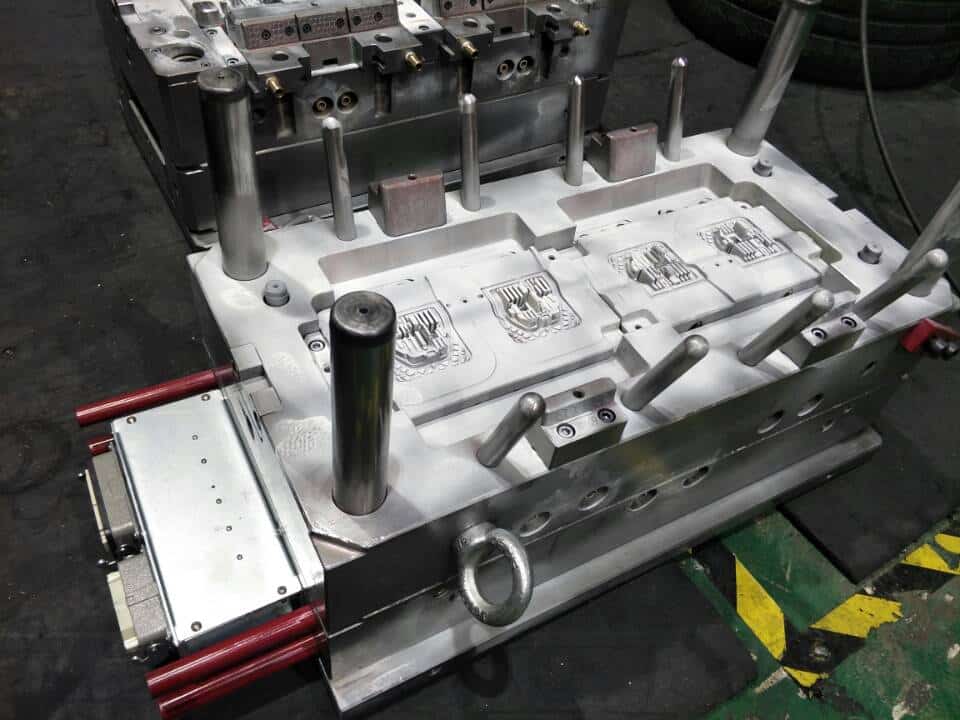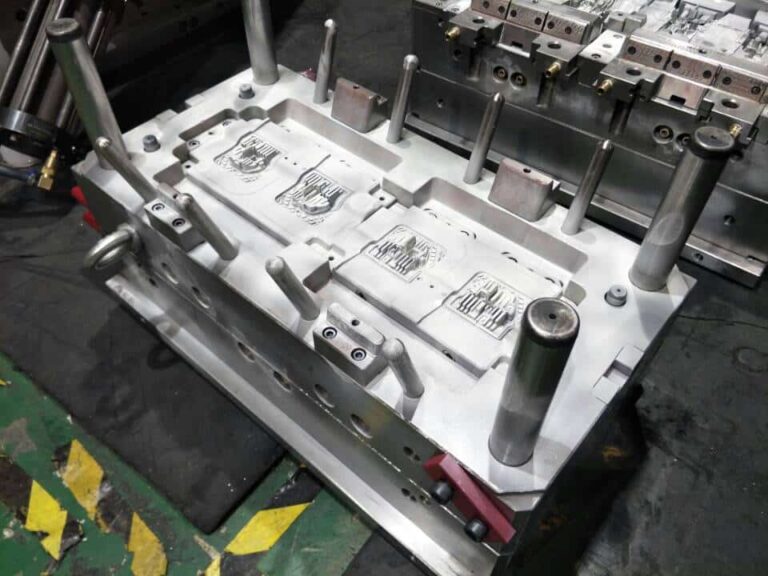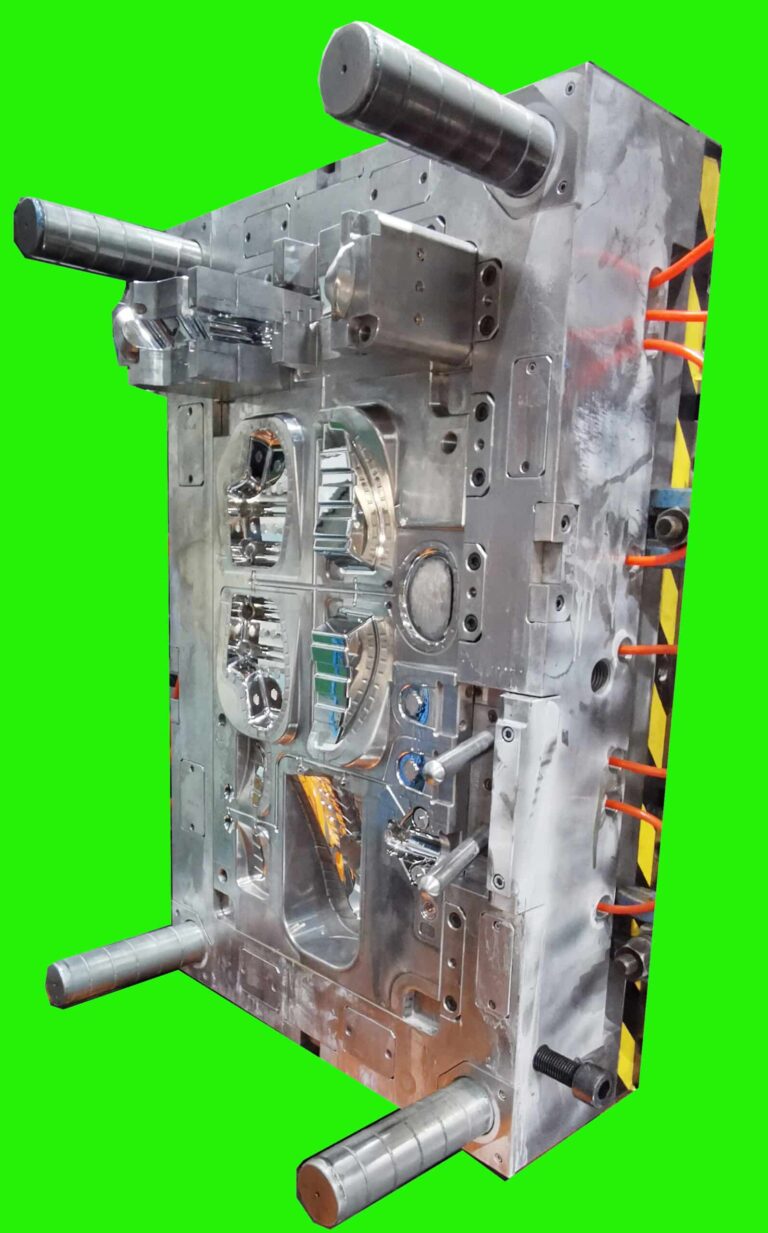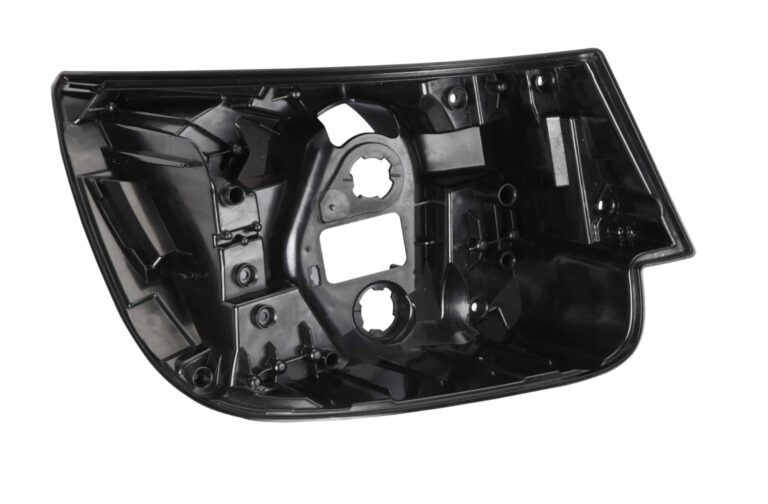Terminology of heat treatment of plastic moulds

1. Annealing
(1) Concept: the heat treatment process of heating the steel to an appropriate temperature, holding it for a certain time, and then slowly cooling (generally cooling in the furnace).
(2) Purpose:
a. Improve the hardness and plasticity of low steel (to facilitate cutting);
b. Refine the grain and even the structure and composition of the steel;
C. Eliminate residual internal stress in steel to prevent deformation and cracking
(3) Classification: fully annealed; Spheroidizing annealing; Stress relief annealing
2. Normalizing
(1) Concept: the process of heating the steel to 30~500C above Ac3 or ACcm, holding it for an appropriate time, and cooling it in air.
(2) Purpose: The purpose is basically the same as that of annealing, but the cooling rate of normalizing is slightly faster than that of annealing, so the pearlite structure obtained after normalizing is thinner, and the strength and hardness are higher than that of annealing steel.
Normalizing has shorter production cycle than annealing, lower cost and convenient operation, so normalizing is preferred when possible, but annealing is preferred for complex parts.
3. Quenching
(1) Concept: heat treatment process of heating steel to a temperature above Ac3 or Ac1, holding for a certain time, and then cooling at an appropriate rate to obtain martensite or bainite structure.
(2) Objective: To obtain martensite and improve the strength and hardness of steel.

4. Tempering
(1) Concept: a heat treatment process in which the quenched steel is heated to a temperature below Ac1, held for a certain time, and then cooled to room temperature.
(2) Purpose:
a. Eliminate internal stress;
b. Obtain the required mechanical properties (improve the toughness of the steel, and properly adjust the strength and hardness of the steel);
c. Stable structure and size





